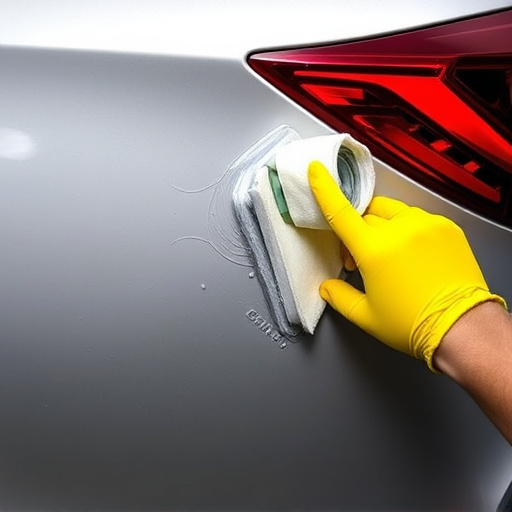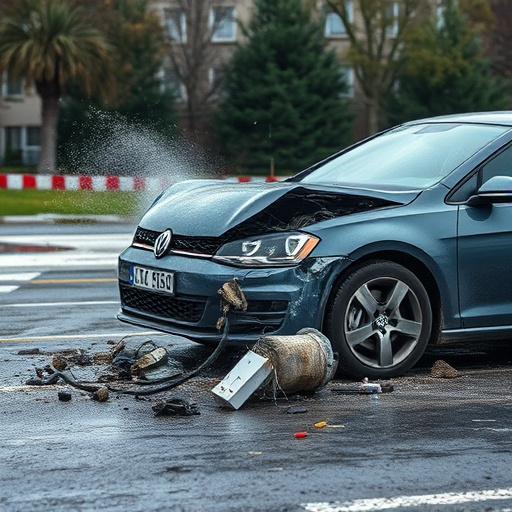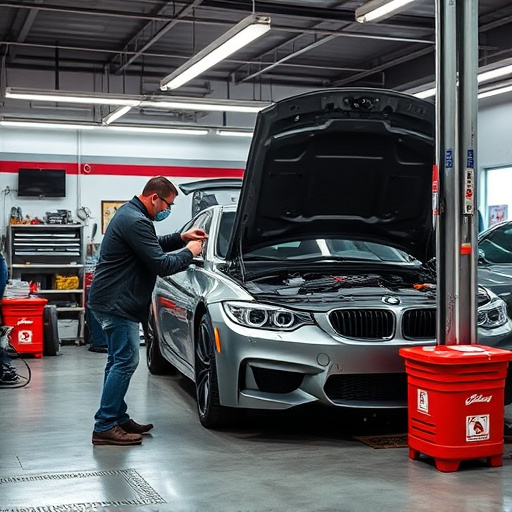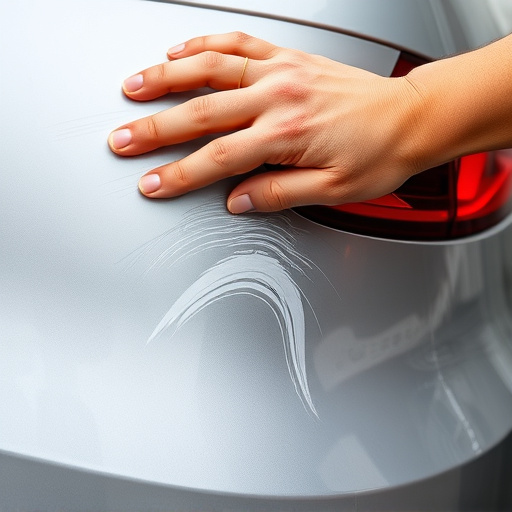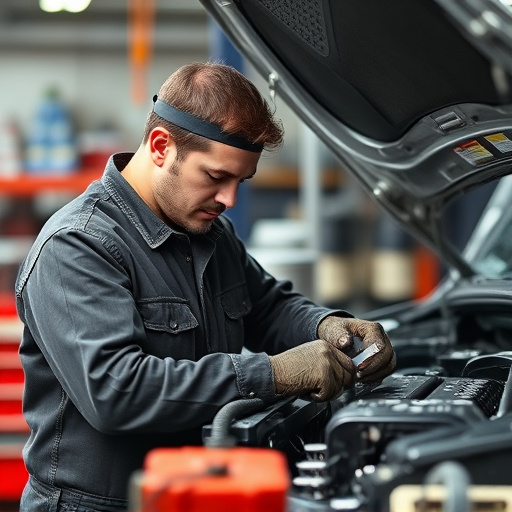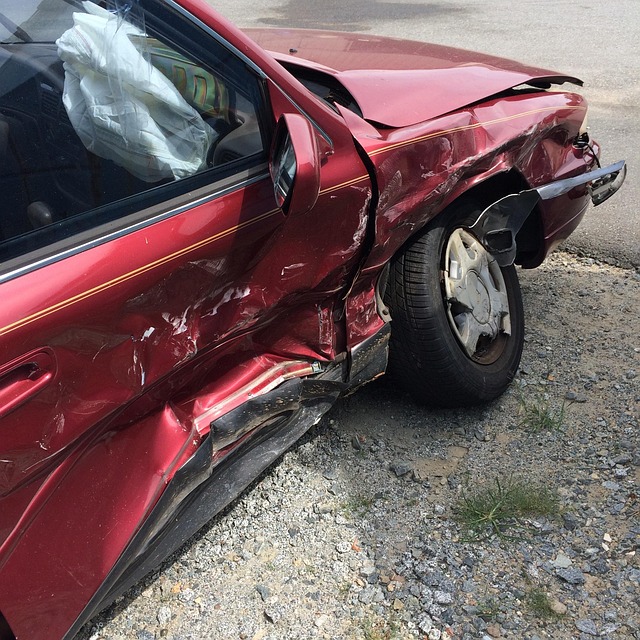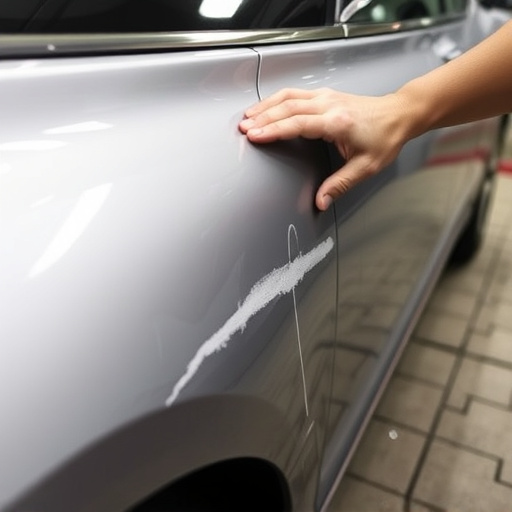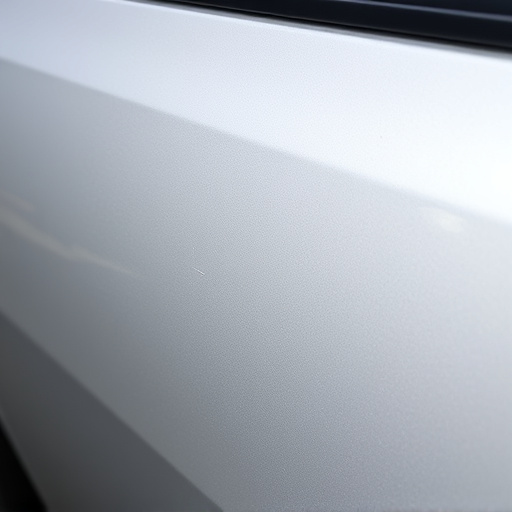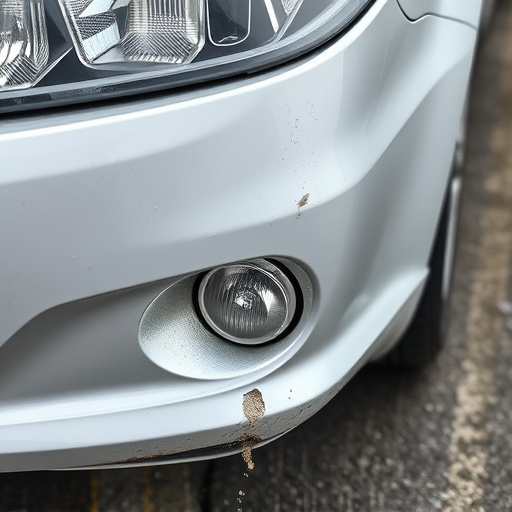OEM certified collision repair ensures safety and functionality of Advanced Driver-Assistance Systems (ADAS) by specialized technicians using advanced tools, maintaining factory specifications for sensors and cameras, preventing unnecessary replacements, enhancing customer satisfaction, and guaranteeing expert handling of complex electronic systems.
In today’s advanced automotive landscape, Original Equipment Manufacturer (OEM) certified collision repair has emerged as a game-changer in ensuring vehicle safety. This article delves into the alignment between OEM certified collision repair and Advanced Driver Assistance Systems (ADAS) recalibration needs. Understanding these systems and their precise calibration requirements is vital for maintaining optimal safety features. By integrating OEM certifications, repair facilities can offer enhanced accuracy, ensuring vehicles return to their original performance standards post-repair.
- Understanding OEM Certified Collision Repair
- ADAS Systems and Their Recalibration Requirements
- Benefits of Integrating OEM Certifications for ADAS Calibration
Understanding OEM Certified Collision Repair
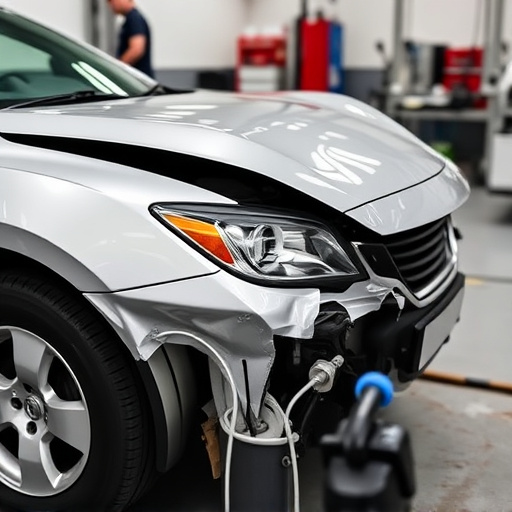
OEM certified collision repair is a specialized service that aligns with the original equipment manufacturer’s (OEM) standards and specifications. When an automotive body work or car collision repair involves complex systems like ADAS (Advanced Driver-Assistance Systems), ensuring precision and accuracy becomes paramount. This type of repair requires trained technicians who can accurately calibrate and realign these sophisticated sensor networks, which are integral to modern vehicles’ safety features.
A reputable car repair shop offering OEM certified collision repair services has the expertise to handle such intricate tasks. They employ specialized tools and equipment that allow them to precisely adjust and recalibrate ADAS components, ensuring they function optimally after any automotive body work. This meticulous process not only restores the vehicle’s structural integrity but also guarantees its advanced safety systems remain effective, providing peace of mind for drivers.
ADAS Systems and Their Recalibration Requirements
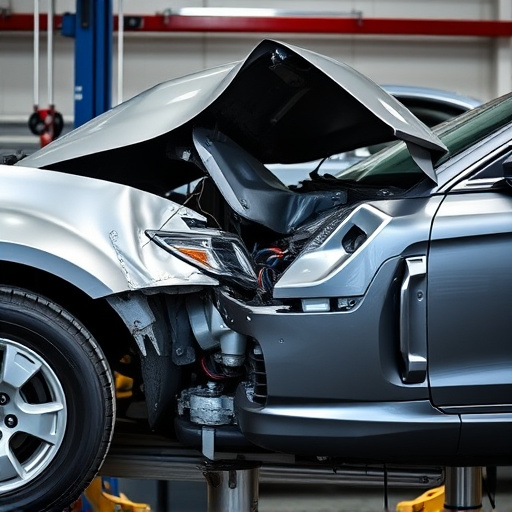
Advanced Driver Assistance Systems (ADAS) have become integral to modern vehicles, enhancing safety and driving experiences. These systems, including features like adaptive cruise control, lane-keeping assist, and automatic emergency braking, rely on precise calibration for optimal performance. Recalibration is a critical process that ensures these safety technologies function accurately and reliably. When a vehicle undergoes an OEM certified collision repair, it presents a unique opportunity to address ADAS recalibration needs effectively.
In the event of a collision or certain types of repairs, especially those affecting sensor positioning or calibration, ADAS systems may require recalibration. Auto body repairs that involve modifications to the vehicle’s structure or sensor-equipped components can disrupt the system’s integrity. An automotive body shop specializing in OEM certified collision repair understands this and employs precise procedures to ensure accurate recalibration during the repair process. This ensures the safety and performance of these advanced driver assistance systems, providing drivers with the level of protection they expect while on the road.
Benefits of Integrating OEM Certifications for ADAS Calibration
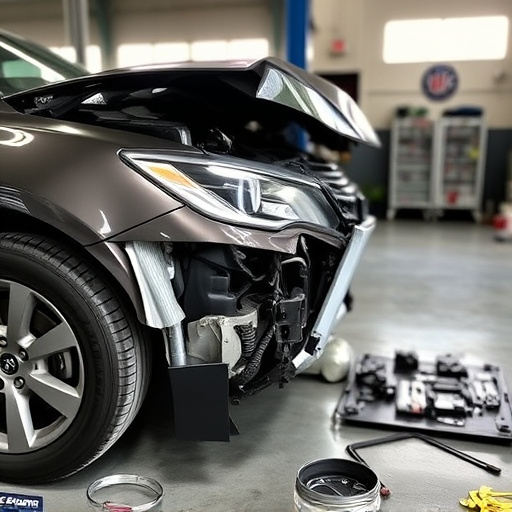
Integrating OEM (Original Equipment Manufacturer) certifications for Advanced Driver-Assistance Systems (ADAS) recalibration offers significant advantages in the automotive industry. One of the key benefits is ensuring precision and accuracy during collision repair, which is crucial for ADAS functionality. When a vehicle undergoes a collision, even minor impacts can disrupt the delicate sensors and cameras that power ADAS features like lane keeping and adaptive cruise control. OEM certified collision repair guarantees that these systems are calibrated to factory specifications, restoring safety and reliability.
This certification process involves rigorous training and strict adherence to manufacturer guidelines, ensuring that technicians have the expertise to handle complex electronic systems. Moreover, it promotes cost-effectiveness for fleet repair services as proper recalibration prevents unnecessary sensor replacements or misdiagnoses, ultimately saving time and resources. The use of OEM certifications also enhances customer satisfaction by providing peace of mind that their vehicle’s safety features are in optimal condition post-repair.
OEM certified collision repair is a game-changer in aligning with ADAS recalibration needs. By understanding the intricacies of both, businesses can offer precise and reliable services, ensuring these advanced driver-assistance systems function optimally. Integrating OEM certifications for calibration not only enhances safety but also builds trust among consumers who rely on these technologies for peace of mind on the road.
